Results 2,651 to 2,660 of 12094
Thread: Anandtech News
-
02-15-13, 06:00 AM #2651
Anandtech: Logitech Announces Enterprise Focused Webcam
Logitech has been a big presence in the consumer PC peripheral space for ages, but their latest push follows us all to the office. The Logitech for Business division seeks to leverage the company’s assets to build out products that enhance business-to-business communications. And their latest efforts look a little familiar. Today Logitech is announcing the Logitech Webcam C930e, a 1080p USB camera with a few features specifically for enterprise users. 
Looking quite like their last consumer grade camera, the Logitech Webcam HD, the new model borrows some of those units features, including the Carl Zeiss optics and the industrial design. The wide-angle lens helps provide less of a talking head experience on video calls, and could be invaluable if there’s any whiteboarding planned or multiple people on one end of a call. The onboard ISP handles autofocus and exposure adjustments, with the latter something of a necessity in many office environments as overhead fluorescents lead to lots of backlit scenes. 
 
Encoding happens onboard, as well; and implements the H.264 Scalable Video Coding protocol. H.264 SVC allows for variable quality video streams to be encoded on the same bitstream, with the effect of providing a lower bandwidth option when network congestion would have lead to lots of artifacts. This is Logitech’s first video conferencing webcam that comes with SVC, a feature in many enterprise video conferencing solutions. 
 
Out of the box the C930e comes fully compatible with Microsoft Lync and Cisco solutions, along with Skype certification and will ring in at $109.99 when it arrives this May. Since this isn’t targeting the consumer space (they may be content with the $99.99 Webcam HD), you’ll not find the C930e at Best Buy, but if you’re interested it will be available through sites that cater to enterprise. 

More...
-
02-15-13, 04:00 PM #2652
Anandtech: AMD Reiterates 2013 GPU Plans: Sea Islands & Beyond
A few minutes ago AMD wrapped up a somewhat impromptu conference call, which had been called together to reiterate the company’s 2013 GPU plans. While there technically is very little new here that we don’t already know – especially if you can read between the lines on previous AMD announcements – AMD wanted to clarify things after what has been a rather wild week for their PR department. And true to their word, they delivered clarity by the truckload.
Since we’ve been avoiding this ruckus so far until we could get clarification, let’s quickly discuss the past week. The instigator for AMD’s wild week was a somewhat infamous 4Gamer.net article published last Saturday. In that article 4Gamer published the following roadmap slide from AMD, which was then confirmed as real by AMD when multiple AMD Twitter accounted re-tweeted a tweet about the article.
The slide stated, to the amazement of many, that AMD’s product lineup would be “stable throughout 2013”. And although that slide is technically correct, how it’s been interpreted has spawned quite a bit of ballyhoo. It’s this ballyhoo that AMD wants to clear up, hence today’s call.
Diving right into things, for those of you that only follow the desktop side of things, in late 2012 AMD announced their 8000M series products. The 8000M series was a mix of new parts and refreshes in order to satiate AMD’s OEM partners, who are accustomed to having a yearly product cadence of parts so that they can update their laptops accordingly. The fact that this was a mix of rebands and new parts, and that AMD at the time was hesitant to name those parts, made the whole thing murkier than it needed to be for tech enthusiasts, who are accustomed to seeing one or the other.
AMD later confirmed what was what in the 8000M series; the 8500M, 8600M, and 8700M parts were all based on a new GCN GPU codenamed Mars, which was part of AMD’s GCN-based Solar Systems family. AMD at the time also stated that they will be introducing new 8000M parts in Q2 of this year, in the process implying that these will be products based on new GPUs in the Solar Systems family.
Meanwhile in January AMD’s OEM desktop lineup got a similar overhaul. The Sea Islands product family – the desktop code name for the same GPU family as Solar Systems – saw its first product release when AMD announced the 8500 and 8600 OEM families, which were based on the same Oland/Mars GPU that the previous month’s mobile parts were based on. At the same time AMD rebadged a bunch of other desktop 7000 series parts into the 8000 OEM series, with Cape Verde, Pitcairn, and Tahiti products all making the jump.
The fact that these previous product announcements are seemingly at odds with AMD’s slide is where reading between the lines comes in handy, and unfortunately that’s not a talent that comes naturally. In fact AMD’s mobile roadmap has almost everything you need to know, but you need to be able mesh it with AMD’s published desktop roadmap, which is one of the things today’s call put to rest.
So first and foremost, AMD has reiterated that they’re continuing to work on Sea Islands/Solar Systems, and that we haven’t seen all of the Sea Islands chips yet. At the same time AMD also made clear that Sea Islands is based on the same architecture as Southern Islands – the first generation of Graphics Core Next (GCN1) – and that these parts are essentially just new configurations that we didn’t see with Southern Islands. This is why Oland is architecturally and feature-wise indistinguishable from previous GCN parts, and why it fits in to AMD’s product stack where it does.
Of course AMD won’t comment on specific details about future products, but the fact that they have additional chips in the pipeline lines up nicely with their mobile roadmap and when we can expect to see these new Sea Islands GPUs. With their annual rebadging out of the way, AMD’s mobile roadmap makes it clear they intend to replace the 7900M and 7800M (Pitcairn) with some kind of new part, and while AMD won’t give us more details on these parts, replacing them with new Sea Islands parts is virtually guaranteed.
As it turns out, things won’t be all that different on the desktop. As we said before, AMD’s earlier desktop slide is technically correct, it’s just incomplete. AMD’s existing 7000 series cards aren’t going anywhere for the near future, with the flawed in the slide being that it implies that AMD won’t be introducing new products in that time frame. Oland already exists on the desktop in the form of the 8500 OEM and 8600 OEM series, and again with AMD declining to comment on specific details for future products, you should know where this is going. AMD will be introducing new desktop retail 7000 series products in the first half of 2013.
Is it virtually guaranteed (but not confirmed) that at least one of those products be the retail version of Oland. With 384 stream processors, Oland offers performance a step below the existing Cape Verde 7700 series parts and should give AMD the ability to deliver 7000 series functionality at under $100. At the same time, with at least one other Sea Islands GPU in the works, it’s also a strong likelihood that whatever new GPU AMD is introducing on the mobile side in Q2 will see an eventual desktop release in AMD’s H1 2013 timeframe. And to be very clear here, none of this is guaranteed, as AMD has made it clear that a new 7000 series desktop product does not necessarily mean a new GPU. But based on what AMD is saying and what AMD has committed to, Sea Islands is destined to get a desktop retail release.
The fact that these Sea Islands products will be released as 7000 series products is going to throw long-time readers a bit of a curveball, but as we’ve previously discussed Sea Islands is little more than new configurations of GCN1, so they will fit in nicely among the existing 7000 series products. For AMD’s part they believe the Radeon HD 7000 series is a very strong brand at retail – almost unbelievably having sold more 7900 cards in January 2013 than in any month prior – so as opposed to the OEM world where OEMs are driving rebadging and new product numbers, AMD wants to keep the 7000 series on the retail desktop in order to capitalize on their success. Labeling Sea Islands retail desktop parts as members of the 7000 series will allow AMD to introduce new products while still keeping the 7000 branding they’ve become so proud of.
What you’ll note through all of this however is that whenever we talk about the desktop it’s in relation to mobile, and there is a reason for that. Sea Islands is primarily geared for OEM notebooks, a very important market for AMD to tap at a time when laptop sales now outpace desktop sales, and when laptops only continue to grow while desktops shrink. There has been a general trend towards launching laptop-first in the PC industry for the past couple of years, and AMD is now part of that trend. This is why Sea Islands GPUs like Oland are launching as 8000M products first, and only later as desktop OEM and desktop retail parts.
This mobile/desktop distinction is important, but perhaps most so for high-end gamers, as this is necessary to set expectations. So far we’ve continued to point at the AMD roadmap, where AMD’s products top out at Pitcairn-like products. AMD’s mobile lineup never used AMD’s biggest, fastest GPU (Tahiti) for everything from power to cost reasons; these GPUs are best suited for desktops and workstations. What this also means is that if AMD were to focus on refreshing their mobile lineup first and foremost, would they need to refresh their high-end desktop lineup? The answer to that is basically no. AMD has been very careful with their words here, but the gist of matters is that the 7900 series will remain the mainstay of AMD’s enthusiast product line until the end of 2013.
Now AMD has been careful here to always mention the 7900 series and not Tahiti, but so far they are one in the same. AMD’s lack of comments means that we cannot say anything is for sure, but nearly everything about AMD’s presentation was geared around driving home the point that AMD is happy with their current enthusiast products, and indeed that they believe they currently have the fastest products and that they need to do a better job of getting the word out. In other words, while it’s clear that Sea Islands will flesh out the lower end of AMD’s GPU lineup, AMD has been doing everything they can to prepare the press to accept the idea that Tahiti will remain as AMD’s fastest GPU until the end of the year. Sometimes what AMD doesn’t say says it all, and in this case what’s not being said (but being strongly implied) is that AMD will not be coming out with a GCN1 GPU more powerful than Tahiti.
Finally, AMD also used a bit of their time to talk about their plans for the end of the year. With the 7900 series seemingly set as-is for the rest of the year, AMD has formally announced that they will be introducing a new GPU microarchitecture by the end of 2013. GCN is heavily embedded into AMD’s product line, from their SoCs all the way up to their biggest GPUs, so from a business perspective AMD is incredibly reliant on it. But on a technical level it’s also still a fresh, modern architecture whose greatest task – being the GPU component of AMD’s HSA implementation – has yet to come.
Consequently future microarchitectures will be GCN based, as AMD will continue to refine GCN implementations and add features to the architecture, similar to what they did with VLIW5 over the span of 4 years. We don’t typically throw around the word microarchitecture when discussing GPUs, but with AMD’s plans that’s exactly what’s going on; we’re seeing a stratification of things into the all-encompassing architecture (Graphics Core Next) and the individual microarchitectures spawned from it like GCN1 and AMD’s yet-to-be-named microarchitecture.
In any case, AMD’s new GPU microarchitecture will in turn drive a new generation of products that will be introduced at the same time. AMD isn’t saying anything more about what’s to come from that family, but we would note that the timeline for the launch of this new family lines up with how long AMD expects the 7900 to remain their enthusiast mainstay.
Wrapping things up, while there was little new on AMD’s call besides their new microarchitecture, their call did go a long way towards clearing up their previous announcements and giving us a better idea of what to expect from AMD in the next few months. The long and short of it is that while AMD won’t be replacing the 7000 series on the retail desktop, they will be supplanting it with new products, and those products are almost certain to be based on their forthcoming Sea Islands GPUs. Based on what we’ve seen about Sea Islands so far on the mobile side, it should do a good job of fleshing out AMD’s product lineup to cover the gaps and areas where they don’t have direct competition against NVIDIA. At the same time however they clearly won’t be a significant departure from the products we’ve seen so far, and most importantly they won’t be a microarchitecture cadence.
As for enthusiasts, the implication that they’re not going to see anything faster than Tahiti until the next generation products at the end of this year is unfortunately unlikely to go over well. Enthusiasts have become used to annual GPU refreshes, and while they’re still somewhat here as we’re seeing with Sea Islands, that era appears to be coming to a close as microarchitectures improve, development costs go up, and the rate of introduction for new fabrication processes slows. And certainly this is quite a departure from the norm. But if nothing else, AMD is right about a couple of things: as it stands AMD is already competitive with NVIDIA’s contemporary high-end offerings, and they're finally competitive with NVIDIA when it comes to developer outreach.

More...
-
02-16-13, 11:31 AM #2653
Anandtech: iBuyPower Revolt System Review: Closing the Boutique and Opening the Store
At CES 2013, the PC boutique iBuyPower announced a product that's in many ways much more than the sum of its parts. They announced the Revolt, a small form factor gaming PC that's riding the same wave of small gaming PCs that includes Alienware's X51, DigitalStorm's Bolt, and the review pending Steiger Dynamics LEET. These products are essentially about the move of PC gaming into the living room, something arguably predicated by the continued miniaturization of PC hardware, a very mature gaming platform that's had time to sand off its harsh edges just as gaming consoles continue to develop more and more of their own, and the convergence of games for all three main gaming platforms.
The iBuyPower Revolt isn't just another indicator of a sea change in gaming and an upswing in interest in PC gaming, though. What iBuyPower has done with the Revolt is create a PC product that is almost wholly their own, from the chassis to—and this part is crucial—the motherboard. That makes the Revolt notable both in terms of how it falls into the larger PC gaming landscape, but also in how it establishes iBuyPower not as a boutique, but as a legitimate vendor with the potential to compete with heavyweights like Dell, HP, Lenovo, Acer, ASUS, and Toshiba. That means that more than just balance sheets hinge on the Revolt's success; to an extent, iBuyPower's very nature in the market hinges upon it. The question becomes: can the Revolt possibly live up to expectations?

More...
-
02-17-13, 11:30 AM #2654
Anandtech: The AnandTech Podcast: Episode 16
It's the calm before the storm. The coming weeks are full of big announcements from smartphones to PC components, leaving us to talk about everything we can before the onslaught. We discuss Intel's TV strategy, Microsoft's Surface Pro, the Pebble smartwatch, the removal of unofficial LTE support from the Nexus 4 and Broadcom's LTE baseband. We also set expectations for performance and power consumption on Haswell. Finally, we touch on the recent controversy surrounding range testing Tesla's Model S.
The AnandTech Podcast - Episode 16
featuring Anand Shimpi, Brian Klug & Dr. Ian Cutress
iTunes
RSS - mp3, m4a
Direct Links - mp3, m4a
Total Time: 1 hour 29 minutes
Outline - hh:mm
Microsoft's Surface Pro - 00:00
Setting Haswell Expectations - 00:24
Intel's TV Initiative - 00:31
The Pebble Smartwatch- 00:51
Nexus 4 Removal of LTE - 1:04
Broadcom LTE Baseband - 1:06
Controvery Surrounding Range Testing Tesla's Model S - 1:13
As always, comments are welcome and appreciated. 

More...
-
02-17-13, 08:00 PM #2655
Anandtech: Microsoft Surface Pro mSATA SSD Upgrade: Dangerous but Successful
Unlike current ARM or Atom based tablets, Microsoft's Surface Pro integrates a full blown mSATA SSD. My review sample included a 128GB Micron C400, while I've seen reports of users getting Samsung PM830 (OEM SSD 830) based drives. Both of these drive options are great so long as you remember to keep a good amount of space on the drive free (15 - 25% free space is a good rule of thumb). Unfortunately, Microsoft only offers two capacities (64GB and 128GB) despite there being much larger mSATA SSDs available on the market. To make matters worse, supplies have been tight of the 128GB Surface Pro, with 64GB models a little easier to come by. 
A few adventurous Surface Pro owners have decided to try to swap out their 64GB mSATA SSDs with larger models. One of our readers (Tim K.) managed to successfully transplant a 240GB Intel SSD 525 in his Surface Pro. The trick is to make sure you clone the original GPT formatted mSATA SSD properly. For this, Tim used Reflect to clone the drive and MiniTool Partition Wizard to expand the data partition to the full capacity of the new SSD.
While he had no issues getting the drive working, his Surface Pro did sustain damage during the upgrade process. As we learned from iFixit's teardown of the tablet, there's a ton of adhesive everywhere and melting/breaking it is the only way to get inside Surface Pro. Unfortunately the cable that drives the touchscreen was pulled up when Tim separated the display from the VaporMg chassis. The tablet works as does the pen, but the display no longer functions as a capacitive touchscreen.
Tim tried to use a conductive pen to restore contact between the cable and the contacts on the back of the display but so far hasn't had any luck (if any MS engineers who worked on Surface Pro are reading this and have any suggestions feel free to comment here or email me). The process of disassembling the Surface Pro isn't easy. It took Tim roughly an hour and a half to get inside. With the knowledge that he now has, Tim believes that he'd be able to get in without damaging the unit but he cautions against anyone else looking to get into Surface Pro. I didn't want to risk tearing apart my Surface Pro review sample, so I'm grateful to Tim for going the distance to prove it works. He's also awesome enough to share photos of the aftermath with us and post a thread in the forums to help other folks brave enough to try this.
John566 over at the tabletpcreview forums managed to get into his Surface Pro safely (it looks like he didn't attempt a complete disassembly, but rather left the cable side of the display in place and just lifted up the other side). He was having issues getting the new SSD (a 256GB Micron C400) recognized however.
Gallery: Microsoft Surface Pro mSATA SSD Upgrade: Dangerous but Successful

More...
-
02-18-13, 01:00 PM #2656
Anandtech: NVIDIA GeForce 317.07 WHQL Available
NVIDIA's beta R313 driver with performance enhancements for Crysis 3 (among other titles) has now received WHQL certification. We wouldn't expect much of a difference in performance relative to the beta drivers, but NVIDIA states they provide up to a 5% performance in Crysis 3 with GTX 680. As usual, you can grab the drivers for all current desktop and mobile NVIDIA GPUs:
Desktop 314.07 Windows Vista/7/8 64-bit
Desktop 314.07 Windows Vista/7/8 32-bit
Mobile 314.07 Windows Vista/7/8 64-bit
Mobile 314.07 Windows Vista/7/8 32-bit
Thanks go as usual to reader SH SOTN for the quick notification.

More...
-
02-18-13, 04:00 PM #2657
Anandtech: The Tesla Model S Controversy: Understanding the Effects of Temperature on
Thus far, plenty of ink has been spilled regarding the Tesla Model S and the fallout from the New York Times article, and it even showed up in our latest podcast. I feel like my perspective on this topic, as someone who has worked in the EV space as an engineer for the last four years, as well as driving a family owned Nissan Leaf for the last year and a half, is a bit different from our editors who discussed it, as well as most of the others who have written about it.
I’m not particularly interested in getting involved with the back and forth or analyzing what either party said - I feel like the Times reporter didn’t really understand how EVs work, nor how to drive them, and I don’t really agree with Elon Musk’s Matlab data infused response (it felt too vitriolic to get across any point other than Tesla being angry about the article). And just to go back to the point about not understanding how EVs should be driven, you have to tailor your driving style to suit the powertrain in order to get the maximum out of the EV - if you don’t want to, you’re going to be disappointed. Consider it like needing to switch keyboard shortcuts when you move from Windows to OS X - it’s a slight mental recalibration that has to happen for you to use the platform to its fullest. But that’s another story for another time. 

What I feel like is getting lost here is actual EV performance in cold weather, or hot weather, or really anything in the way of hard numbers. We all know that battery performance is reduced in more extreme environmental conditions, and that all cars, regardless of powertrain type, consume more energy (fuel or battery) in those extreme climates. Unfortunately, quantifying these general ideas is a bit more difficult. That’s where I come in. 

More...
-
-
02-19-13, 08:30 AM #2659
Anandtech: NVIDIA's GeForce GTX Titan, Part 1: Titan For Gaming, Titan For Compute
Last year's launch of the Titan supercomputer was a major win for NVIDIA, and likely the breakthrough they’ve been looking for. A fledging business merely two generations prior, NVIDIA and their Tesla family have quickly shot up in prestige and size, much to the delight of NVIDIA. Their GPU computing business is still relatively small, but it’s now a proven business for NVIDIA. More to the point however, winning contacts like Titan are a major source of press and goodwill for the company, and goodwill the company intends to capitalize on.
With the launch of the Titan supercomputer and the Tesla K20 family now behind them, NVIDIA is now ready to focus their attention back on the consumer market. Ready to bring their big and powerful GK110 GPU to the consumer market, in typical NVIDIA fashion they intend to make a spectacle of it. In NVIDIA’s mind there’s only one name suitable for the first consumer card born of the same GPU as their greatest computing project: GeForce GTX Titan.
 

More...
-
02-19-13, 08:30 AM #2660
Anandtech: High-End Meets Small Form Factor: GeForce Titan in Falcon Northwest's Tiki
Today NVIDIA officially unveiled its first consumer facing GK110 graphics card: the GeForce Titan. Although GK110 launched last year, gamers didn't have access to it as it launched exclusively as a Tesla part. No less than 18,688 GK110 based Tesla K20X GPUs were deployed in the Titan Supercomputer at the Oak Ridge National Laboratory, which did a good job of eating up almost all GK110 production. With the Titan Supercomputer launched and out of the way, GK110 could make its way into the consumer space. The development costs and effort to bring a 7.1 billion transistor chip to market are huge, so it makes sense to try and sell as many chips as possible, even if they're well above the sweet spot on the price/performance curve.
NVIDIA saw three target markets for GeForce Titan: 1) CUDA developers, 2) ultra high-end gamers looking for great 3-way SLI performance and 3) users looking to build a high-end small form factor gaming machine that only has room for a single, dual-slot graphics card at most. The first group is easy to address, and later this week we'll have compute benchmarks to begin to address that community (and perhaps even more over the coming months). It's the second and third groups that require a somewhat different approach.
To showcase what could be done with GeForce Titan, NVIDIA asked some of its closest system builder partners to build gaming systems around the new GPU. We had the choice of getting either a 3-way SLI system or a single card, small form factor machine.
This is our experience with Titan in one of the most exciting small form factor systems on the market today: Falcon Northwest's Tiki. Read on!

More...
Thread Information
Users Browsing this Thread
There are currently 15 users browsing this thread. (0 members and 15 guests)




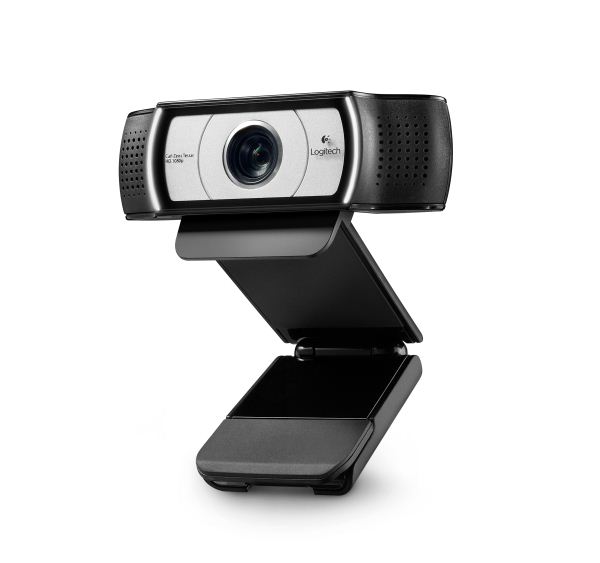



 Quote
Quote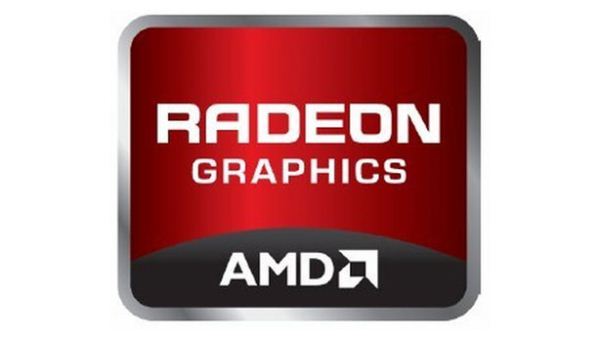
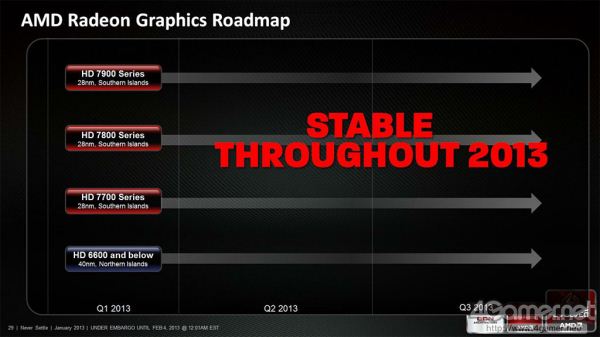
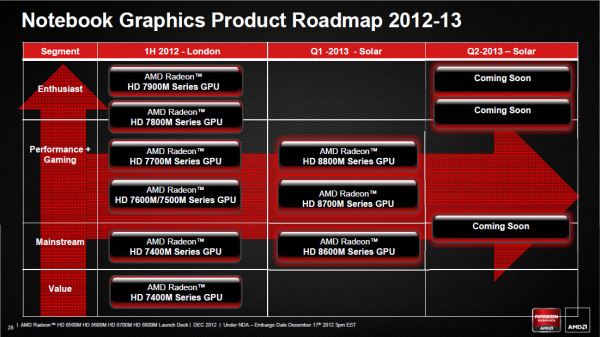


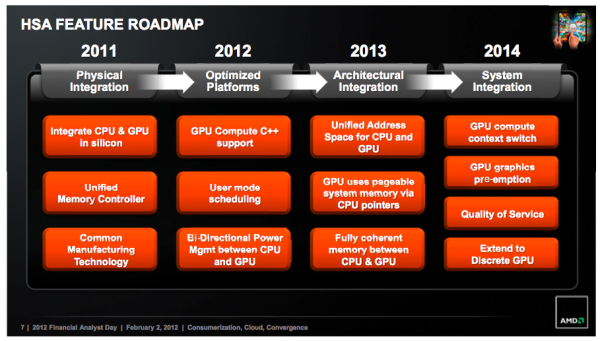
.jpg)

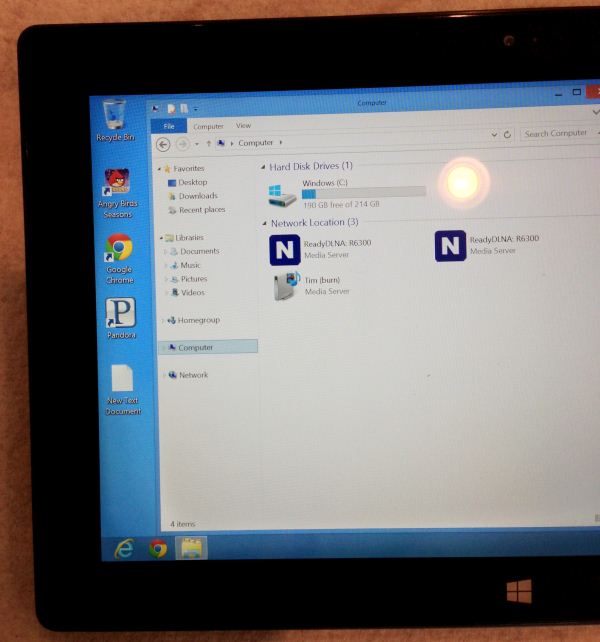
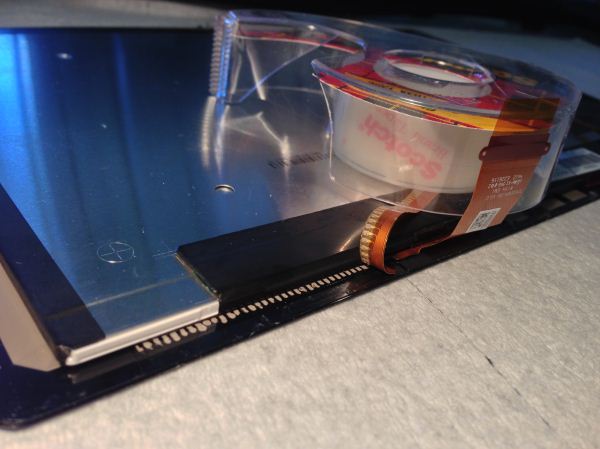







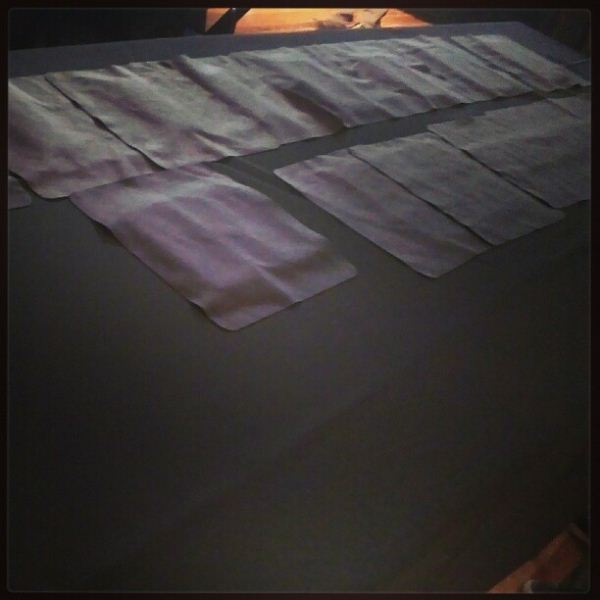

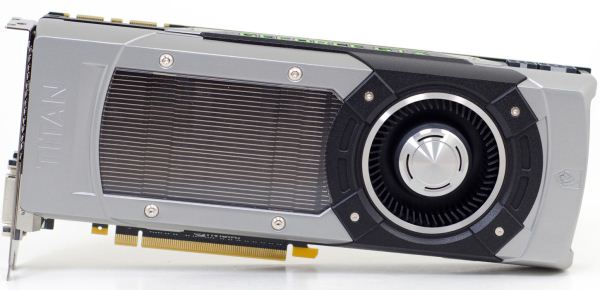
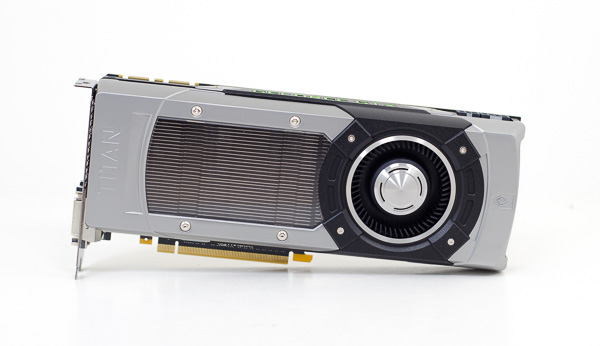
















Bookmarks